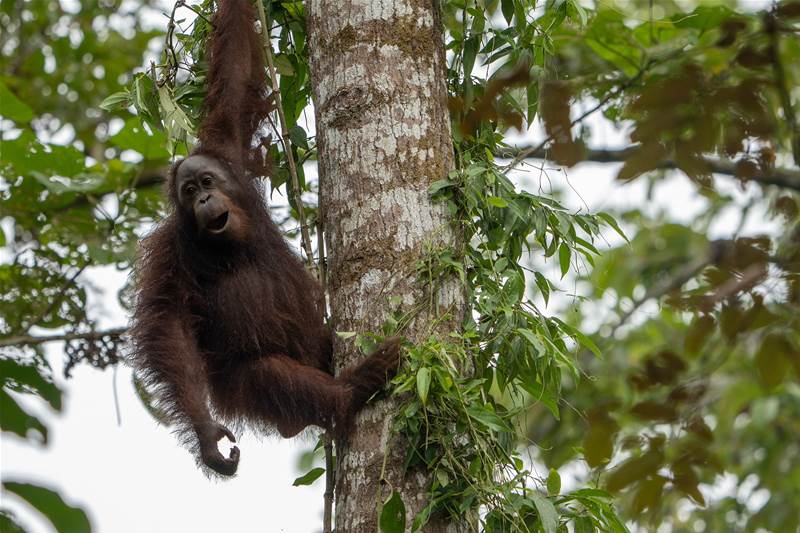WWF-Malaysia, the national conservation trust has partnered with University Malaysia Sabah to develop an artificial intelligence (AI) technology that can automate data collection, conduct analysis and interpret drone images of orangutan nests.
The trust aims to create a deep-learning model that will detect, classify, and analyse aerial images, helping scientists to quickly and accurately monitor orangutan populations.
While the Malaysian state Sabah is home to the biggest population of Bornean orangutans, safeguarding them is considered to be a "long-term journey that is both physically and financially challenging".
As the conservation work involves monitoring of orangutans by mapping and estimating the number of orangutans in an area by counting their nests, the traditional methods still require skilled human experts to identify them manually.
Amanda Amran, a PhD student from the university who is currently working on the project said a machine learning model is being developed to recognise first the general features of the nests.
“From aerial images, orangutan nests might look similar to other animal nests such as that of giant squirrels and eagles. AI needs to learn in detail about nest features such as structure, materials, and its position on trees," she said.
Amran said the AI powered tools will be built towards helping to examine several other features of the nests to better understand orangutan behaviour for conservation.
WWF Malaysia said it hopes that the new innovative technology will be able to help conservation efforts for other endangered animal species around the world.









